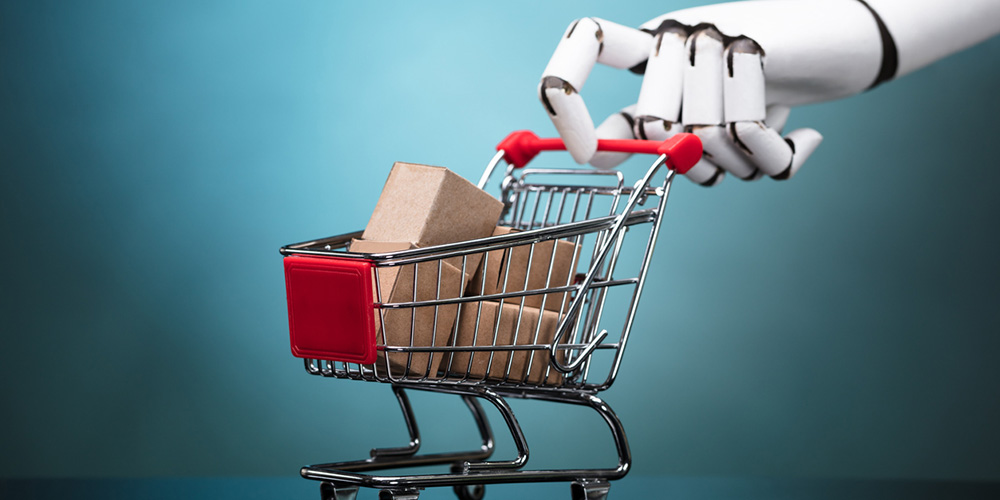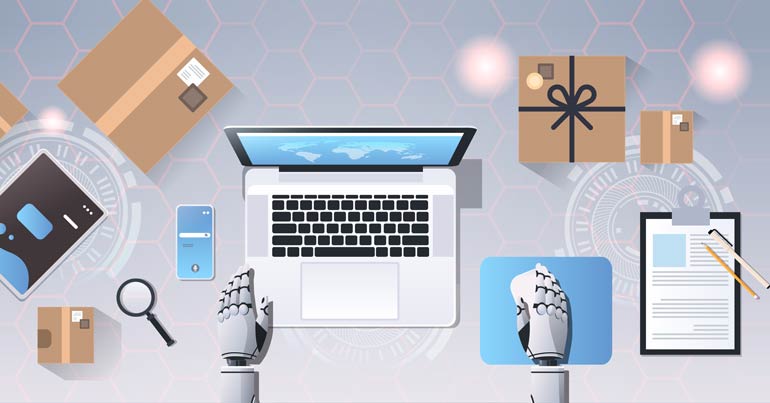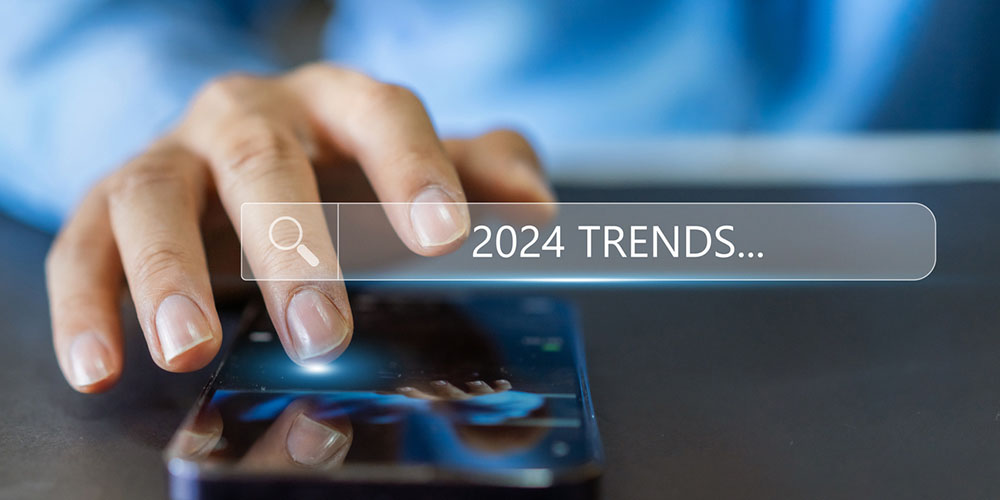Es ist keine Überraschung, dass das Wachstum der E-Commerce-Branche keineswegs nachlässt. Im Gegenteil: Laut Forrester Research werden die E-Commerce-Umsätze im Jahr 2017 um beinahe zehn Prozent steigen. Doch diese Entwicklung kommt nicht von irgendwo her: Neue Trends, Themen und Entwicklungen halten uns auch 2017 weiterhin auf Trab, wie Alexander Galtsow von Atwix in seinem englischen Beitrag erklärt.
Goodbye screens!
As Siri, Alexa, Cortana and Allo continue to evolve, consumers will inevitably start projecting their daily interaction habits at shopping experiences. They are more likely to expect ordering items using interfaces like Amazon Echo or Google Home. More importantly, the implementation of audio interfaces solves a great deal of accessibility issues most websites currently face. For retailers, this probably represents a much bigger challenge than the switch to mobile-friendly solutions a few years ago, at least with the current state of technology. It could also mean an increasing dependence on the dominant providers of VPA/AI technologies.
Conversational commerce will become more than just a buzzword
Conversational commerce starts to take its first steps these days. It is typically still mentioned in the sole connection with messenger bots, but there’s a bit more to the term than just that. Conversational commerce has the potential to connect consumers and experts representing certain brands, in real-time, through any social media channel. This is the best chance eCommerce has at this point to come close to the advantages of real-life shopping experiences: consumers receiving suggestions, answers to product-related questions, as well as post-sale details like changes in shipping status, all through a messenger application they use daily.
Augmented reality becomes the new shopping reality
There are very few doubts that AR will become essential to the commerce world sooner rather than later. In fact, it’s already here, and has been for quite a while. Brands like Converse, IKEA, and many others have been doing it for quite some time. What changes is that AR technologies become much better and cheaper over time. Commercial applications of the technology are endless: trying a new lipstick, seeing how those shelves would fit in your study or if those shoes go with your suit – without leaving the sofa. But AR in commerce doesn’t stop there. It easily extends to the shopping experience in stationary stores as well. Cross-sell recommendations, price comparisons, reviews, and Q&A popping up on the screen of your mobile phone as soon as you point it at an item that drew your attention.

Internet of Things animates stationary trade
Connected devices have been steadily making their way into retail and eCommerce for quite a while already by shaping the omni-channel experience. IoT in commerce is no longer merely a hype, as it firmly secures its place in modern retail standards. Moreover, it helps reinvent the offline shopping process and makes it somewhat unique and novel. Following the success of innovative smart mirrors available in Rebecca Minkoff stores, the Oak Mirror by Oak Labs emerged last year. We’re sure to see more fashion retailers adopting similar technologies in order to keep up with innovative competitors off- and online.
Also, robots have recently begun to play a notable part in the frontend of the retail industry, taking up the role of shop assistants. These robotic “employees” certainly make a brand stand out (they’d probably know your preferences better than you do). And while it is yet too early to expect wide adoption of the technology throughout the next year, it’s inevitable in the more or less near future, whether we like it or not.
2017 is about customer experience – more than ever
Customer expectations grow in line with overall technological advancements and get more and more complex year by year. We are lucky to be witnessing a time when disruption can no longer be classified as a series of separate events, but has clearly become a continuous, interconnected process. That essentially means that, in 2017, merchants would have to, yet again, think faster, act faster, and deliver faster, than the year before, which has most likely become a habit anyways.
Machine learning offers a whole new world of possibilities
Salesforce made the headlines with its Einstein AI a few months ago, providing a paradigm shift for sales people, customer service agents, marketers, and others. One cannot overrate the importance of this step for both, Salesforce and the industry as a whole – especially since machine-learning applications in eCommerce go much further than that. Smart search could display results based on conversion rates, reviews, inventory, or purchase history, learning to show the results that customers intend, rather than what they type.
On the other hand, fraud prevention is probably one of the best suited fields for machines to offer assistance to humans. Instead of following general fraud detection algorithms, such systems would be able to adapt to each eCommerce retailer, thus being much more effective in predicting fraud for each particular business. There’s little doubt, that 2017 will bring a good deal of announcements related to machine learning and eCommerce as a whole, both from the leaders of the industry and smaller technology providers.
Weitere Best Practices und Innovationen im E-Commerce finden Sie in den Zukunftsthemen im E-Commerce









